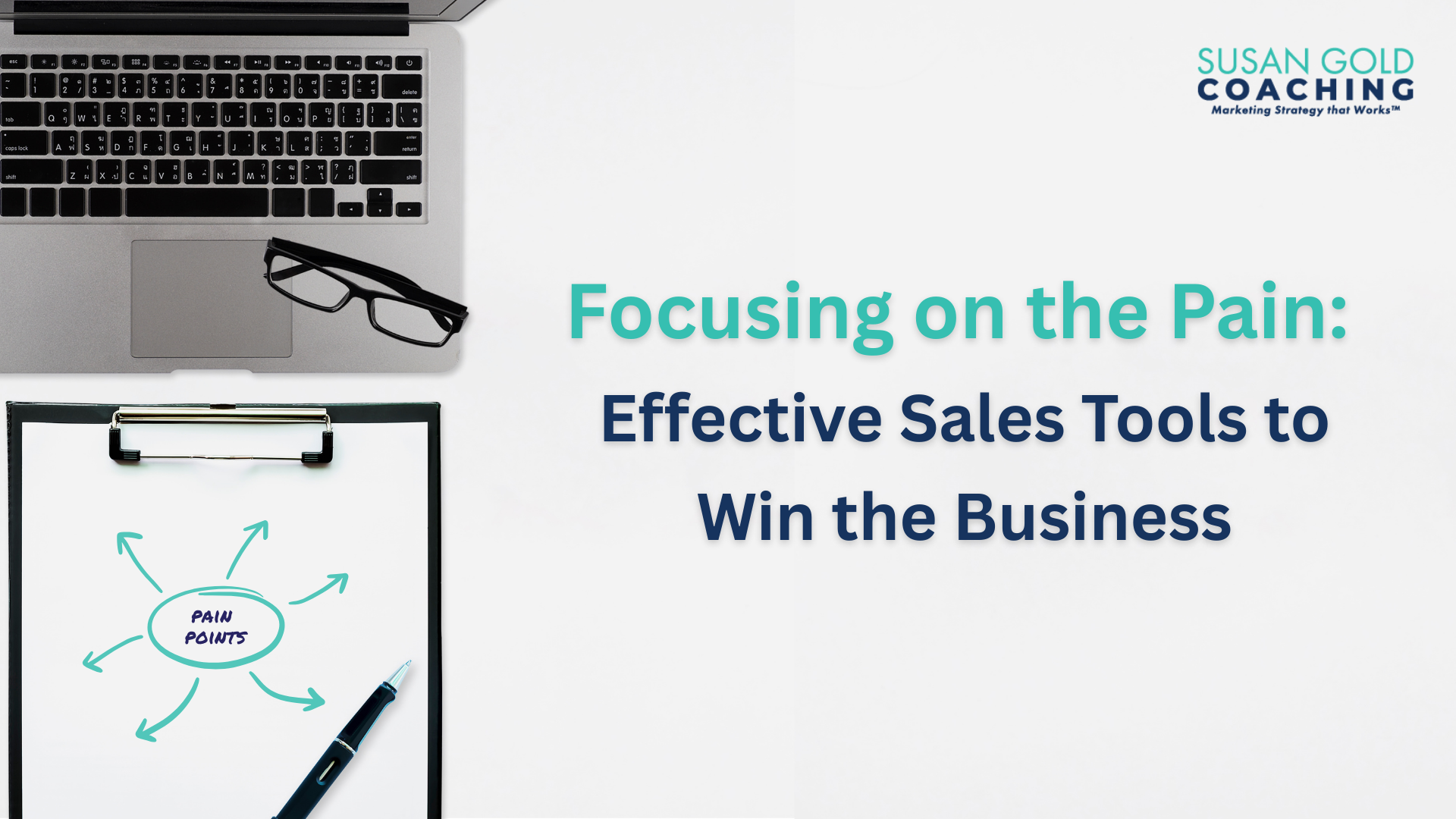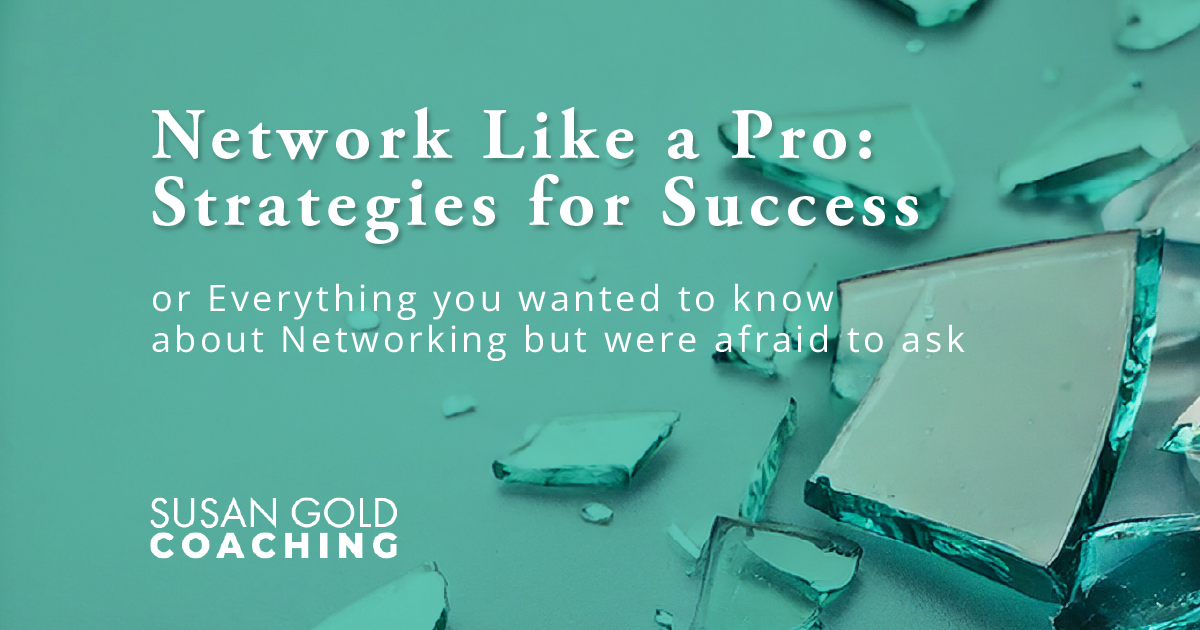As You Look Back at 2023, What Should You Know?

Your numbers only tell part of the story.
However you approach your planning for 2024, it’s important to look back to get a clear-eyed understanding of what happened during the past year.
You’ll want to be sure you understand how your sales efforts performed. Whether you fill the all-in-one role of business owner/sales/marketing and everything else, or you’re a part of a larger company’s business development team, the questions to ask yourself are the same.
Don’t underestimate how many “shiny objects” and FOMO distractions occurred throughout the year, taking you off the path of your strategic marketing and business development plans.
You might need to update your website and your LinkedIn profile– maybe even your logo and brand. But in this article I want to focus on the marketing activities that you need to fill your pipeline for 2024.
Following this approach may seem overly simple, but having clarity on the most important elements helps you focus on the right activities for next year.
Start at the Bottom – Gaining New Clients
I like to start with the end in mind – at the bottom of the sales and marketing funnel.
How did you/your team do with gaining new clients? Really look under the hood and ask the hard, strategic questions, then consider your honest responses. This will drive your focus for the most critical areas in the coming year.
- Did the number of clients gained meet or exceed your goal?
- What are your top 3 reasons you exceeded, met, or fell below your goal?
- Was the average client revenue amount on target?
- If your pricing met little or no resistance in at least 60-70% (or more) of your proposal meetings, there is likely some room to increase pricing.
- Did you have current or past clients add to the revenue mix?
- Tapping into clients who already know you to offer additional or expanded solutions is a higher margin sales activity than investing in getting prospects who don’t know you.
- How did your new clients rank on “fit factors”? Would they qualify as “great clients”?
- Clarifying the attributes that describe a “great fit” client is the first step to being able to rank clients. Great fit clients are respectful, see the value your company provides, are willing to pay for that value, are enjoyable to interact with, and provide the necessary involvement on their end so you can do your work.
It’s easy to get hyper-focused on the numbers and quantify your results, but then that’s only one part of the 2023 story that can inform you.
Revenue is the goal, but you also want to attract clients that are a great fit. If some fall into the “bad fit” category, you may have noticed they cost you in profitability, distraction time away from other critical tasks, and create stress that you don’t need.
If you have attracted several (or more) bad fit clients, there is an opportunity to learn from the issues and build in the right questions you can explore more fully in the discovery process.
The full circle feedback loop should be continuous, reinforcing the positive attributes of best fit clients and the “red flag” early warnings of a poor fit.
Moving Up – Closing Prospects
Still at the bottom of the funnel but moving up is the closing prospects category. This is working with decision makers who have a need and are interested in your solution.
- Were there a sufficient number of discovery meetings to result in enough closed clients?
- The ratio of discovery meetings to new clients can range widely. Depending on the business, it can be 10 meetings to 1 new client, or a multiplier of 2x or 3x. What has your history shown?
- In tracking discovery meetings as a specific sales stage in the sales pipeline and capturing monthly how many you have in that stage, you can establish your conversion rate monthly, quarterly, and for the year. Fluctuations can occur as you shift your target market, creating a different relationship with the discovery process and the prospects you engage with.
- Did you attract the right fit prospects? Do they clearly have the need for your solution, the ability to pay, and the willingness to pay for your value?
- If prospects meet these 3 criteria, you’ll see your closing numbers increase. If they don’t understand they have a need, it can take more effort, time, and expense to educate.
- If they can’t afford the fees, the targeted market is misaligned, often requiring a focus on larger companies or other markets.
- And, if they have the budget to spend but aren’t willing to spend it, you probably haven’t convinced them of your value and what makes you different.
- Your biggest competitor is inertia – decision makers that decide not to decide. That lack of urgency can be caused by many things, but you need to move forward, clear out your pipeline, and turn attention to the top of the funnel where you’ll create awareness and visibility in the right places.
Middle of the Funnel: Referral Feeders
Getting a direct hit to the middle of your funnel is the key that unlocks a profitable, efficient business development effort and reduces some (though not all) of your marketing and promotional efforts. These are your referral feeders.
- Did you receive referrals from your networking partners that resulted in discovery sessions?
- Of the referrals received, how many were a “great fit” and a potential Ideal Prospect? If you look at who is providing the right introductions, you need to acknowledge and serve them as well, finding referral partners and/or prospects for their business growth.
- If the referrals received were not on target, then it’s important to update the referral partner and guide them toward the type of targets you are looking to work with.
- If you don’t have referral partners, do you have connections or relationships with professionals that also work with your Ideal Clients, sometimes before or after you typically engage? Expanding this list of referral partners is often a primary marketing activity for B2B companies, creating feeders for referrals. “Know, like and trust” is the mantra for networking and that is the goal for partner development.
- Are you networking in the “right room”?
- Do the organizations you’re networking in (and with) provide access to the right network? If you’re not receiving the types of introductions – or even more so, prospects that have clearly stated they need a solution – then you need to look at where you’re networking and align with the right networking organizations.
- Are you leveraging industry associations that attract either your strategic partners or even your Ideal Client decision makers directly?
As a business targeting other businesses (B2B), you must have access to enough B2B professionals who have the business conversations that can trigger a pain point that needs your solution.
Top of the Funnel: Attracting Suspects
The top of the sales and marketing funnel means you are attracting suspects and have created some type of connection to someone, possibly an Ideal Prospect but without knowing more about them, you don’t know if you’re engaging with a worthwhile decision-maker.
What have you done to create visibility within your markets? This could include being published online or in print, posting on LinkedIn, guesting on a podcast, or being more easily found through a Google search (via strong SEO and effective search keywords).
- How are you measuring this activity? At a minimum, you can see if there is an increase in website activity through your Google Analytics report that correlates to the timing of your article, podcast, or post. Search terms for SEO are listed here, as well, and a deeper dive through search engine reports such as Semrush will give you more insight regarding how you perform relative to your key competitors. You also might see increased views on your LinkedIn profile. You want to look beyond the numbers and understand who they are, not just how many there are.
- How have your engagement activities performed? Look at the data around LinkedIn post comments by your prospects, strategic partners, and thought leaders. Responses and click-thrus on your eNewsletter are important data points, too.
- Did your lead generation efforts result in sufficient numbers of discovery sessions? With this metric, you’re coming full circle, moving from the top of the funnel through a discovery meeting to determine if the needs of the “suspect” are aligned with your solution and who you’re targeting.
- Workshops and webinars with a clear offer (lead magnet), paid digital campaign promotions, and effective direct mail (which cuts through the email clutter in your target’s inbox) are all considered effective lead-generating activities. Did they work? Why or why not?
Getting the right message to the right decision makers at the right time in the right way is the key to marketing and filling the sales and marketing funnel at all levels.
This concept seems rather simple, but it can be challenging to align all the components to get the sought-after results. As you build your strategy for 2024, take these questions into account and guide your activities for a higher performance and a greater ROI. And as always, lean on me for marketing and networking strategy.



